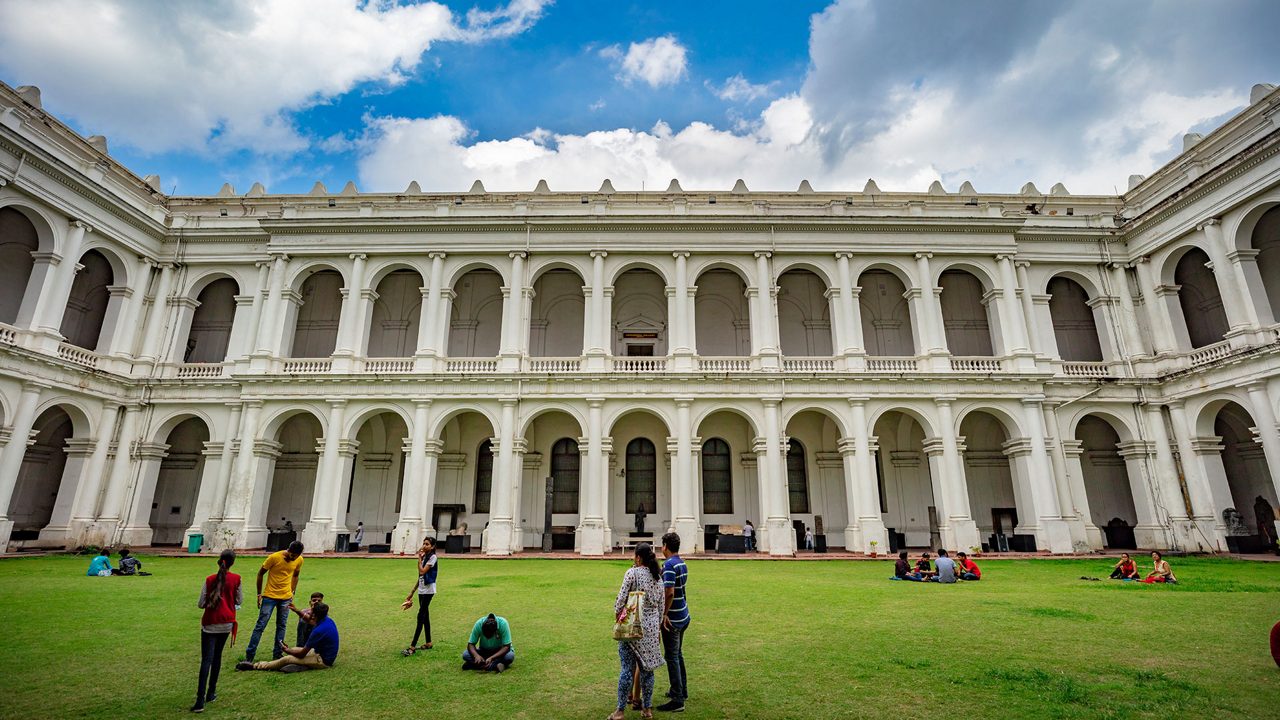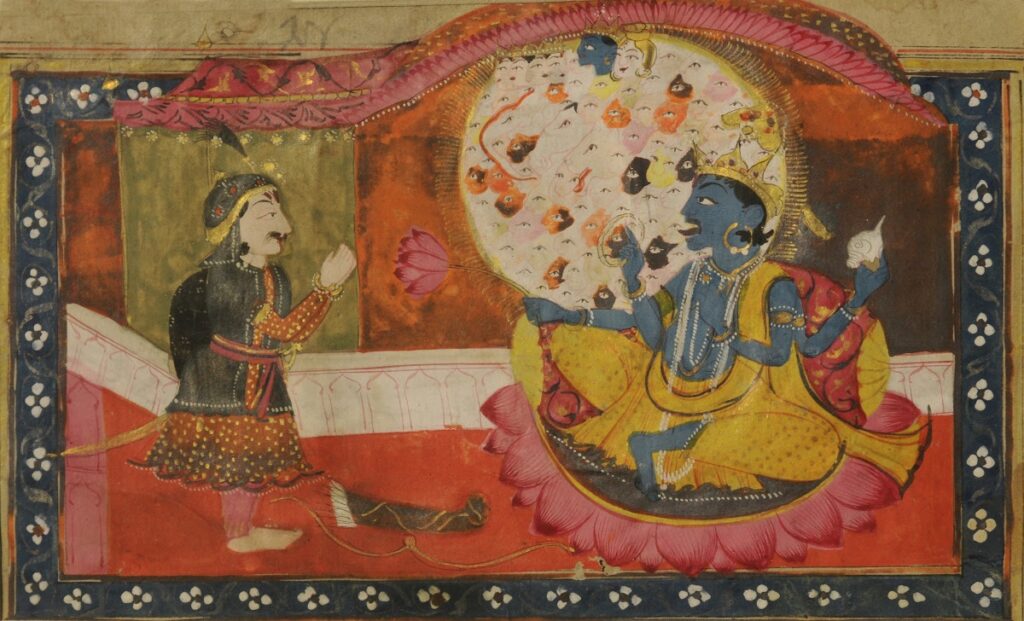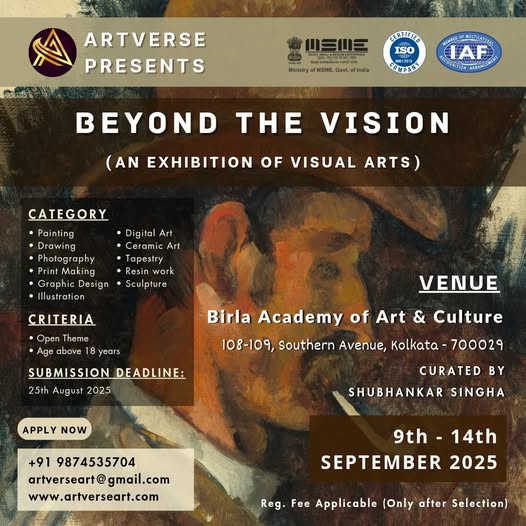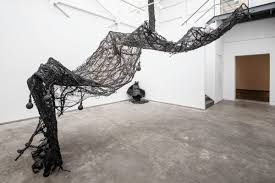
Menu

In the intricate lines and vivid colors of Kashmiri miniature paintings, centuries of cultural fusion come alive. This lesser-known art form blends Persian, Mughal, and Buddhist influences, offering a rich visual narrative of Kashmir’s storied past.
Kashmiri miniature painting emerged as a distinct style during the 16th and 17th centuries, especially under the patronage of the Mughals and local rulers. These artworks were traditionally created on paper, cloth, or even ivory, using natural pigments derived from plants and minerals. Despite their small size, these paintings boast incredible detail, requiring immense skill and concentration.
Unlike other schools of Indian miniature art, the Kashmiri style is known for its serene landscapes, religious themes, and finely stylized figures. Common motifs include stories from Hindu epics, Sufi poetry, and depictions of natural beauty—lush gardens, rivers, and snow-capped peaks.
The artists used fine brushes, often made from squirrel hair, to apply colors layer by layer. The result? Paintings that are delicate, yet vibrant—each telling a story, each a window into a different time.
While this art form faced decline during colonial rule and post-independence industrialization, recent years have seen a resurgence of interest, driven by art historians, collectors, and cultural institutions. Digital platforms and art festivals have also played a key role in introducing this tradition to younger generations.
Today, Kashmiri miniature paintings are being preserved, taught, and adapted. Young artists are blending traditional techniques with modern subjects, ensuring this beautiful legacy continues to thrive.



